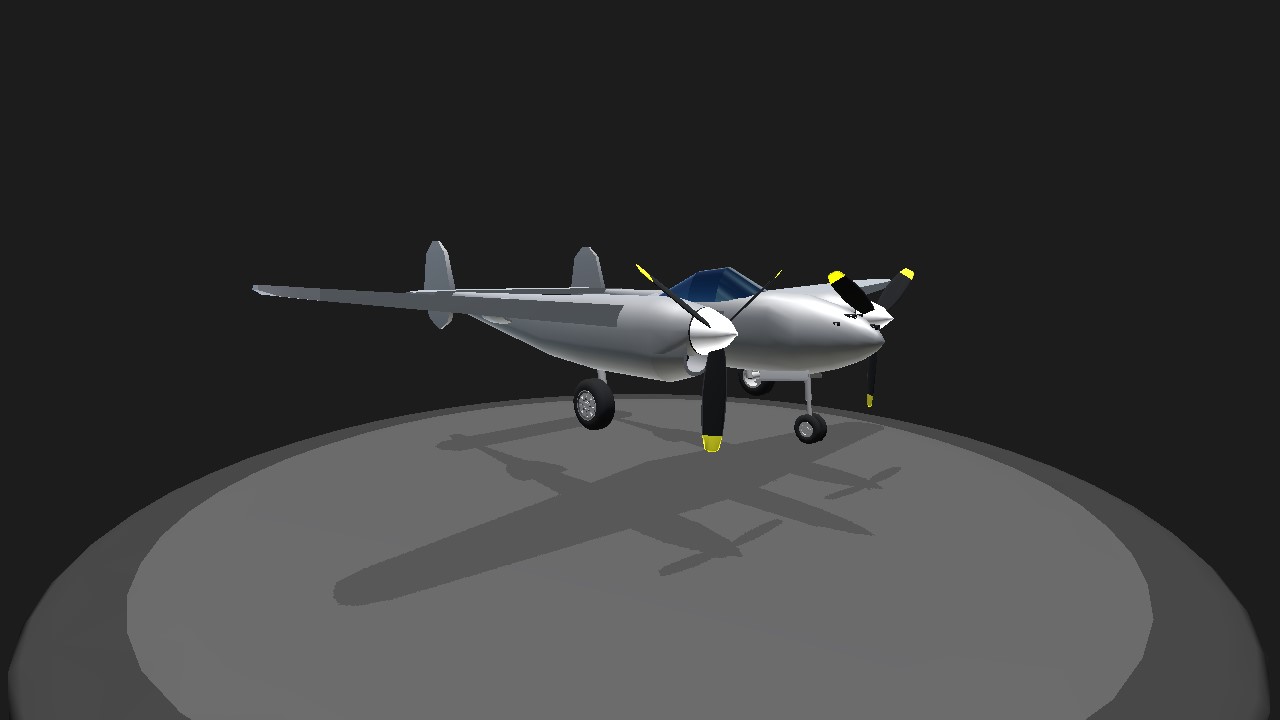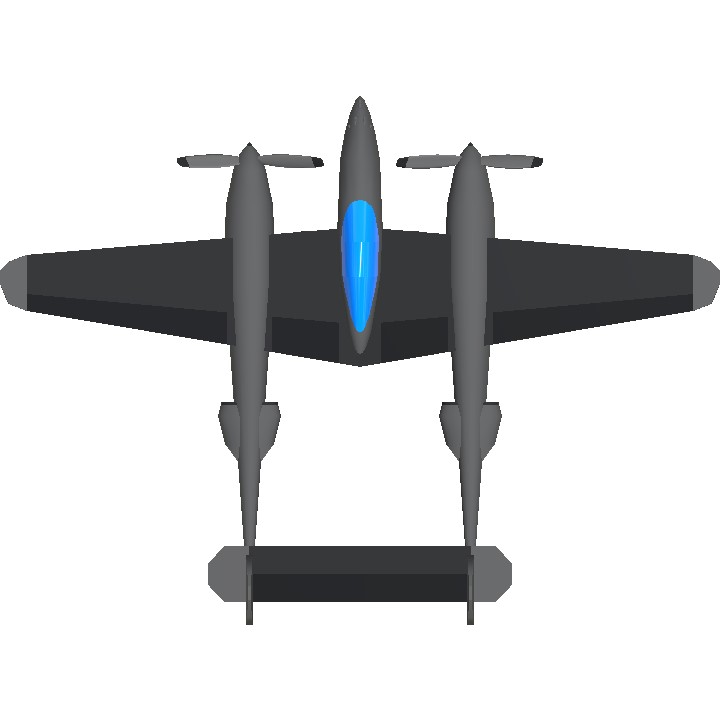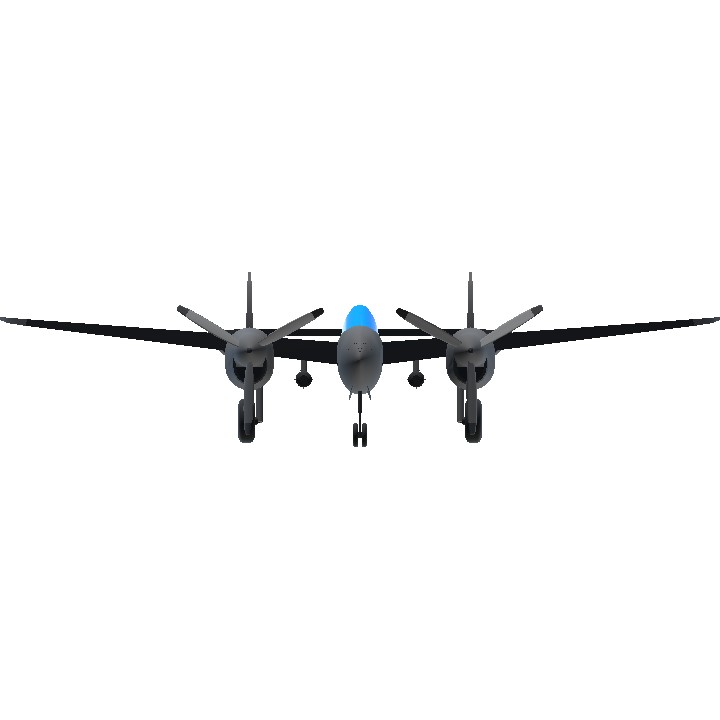"Akuma no Gabelschwanz"
Lockheed P-38 Lightning [P-38J variant]
- About the aircraft
The Lockheed P-38 Lightning is an American single-seat, twin piston-engined fighter aircraft that was used during World War II. Developed for the United States Army Air Corps (USAAC) by the Lockheed Corporation, the P-38 incorporated a distinctive twin-boom design with a central nacelle containing the cockpit and armament. Along with its use as a general fighter, the P-38 was used in various aerial combat roles, including as a highly effective fighter-bomber, a night fighter, and a long-range escort fighter when equipped with drop tanks. The P-38 was also used as a bomber-pathfinder, guiding streams of medium and heavy bombers, or even other P-38s equipped with bombs, to their targets. Used in the aerial reconnaissance role, the P-38 accounted for 90 percent of American aerial film captured over Europe. Although it was not designated a heavy fighter or a bomber destroyer by the USAAC, the P-38 filled those roles and more; unlike German heavy fighters crewed by two or three airmen, the P-38 with its lone pilot was nimble enough to compete with single-engine fighters. The P-38 was used most successfully in the Pacific and the China-Burma-India Theaters of Operations as the aircraft of America's top aces, Richard Bong (40 victories), Thomas McGuire (38 victories), and Charles H. MacDonald (27 victories). In the South West Pacific theater, the P-38 was the primary long-range fighter of United States Army Air Forces until the introduction of large numbers of P-51D Mustangs toward the end of the war. Unusual for an early-war fighter design, both engines were supplemented by turbosuperchargers, making it one of the earliest Allied fighters capable of performing well at high altitudes. The turbosuperchargers also muffled the exhaust, making the P-38's operation relatively quiet. The Lightning was extremely forgiving in flight and could be mishandled in many ways, but the initial rate of roll in early versions was low relative to other contemporary fighters; this was addressed in later variants with the introduction of hydraulically boosted ailerons. The P-38 was the only American fighter aircraft in large-scale production throughout American involvement in the war, from the Attack on Pearl Harbor to Victory over Japan Day.
- About the variant
This production variant was built in 1943 with improvements to each batch, notably an increase of Hp that came with an improved turbocharger. It also included chin radiators, flat bullet-proof windshields, power-boosted ailerons, and increased fuel capacity* 2970 were built. Some were modified to pathfinder configuration and to F-5C, F-5E, and F-5F (Consider to not to be mistaken by that later Northrop jet fighter).
C O N T R O L S
Trim : Flaps
VTOL : Further flaps
Specifications
Spotlights
- f80shootingstarlover 8 months ago
General Characteristics
- Created On Android
- Wingspan 42.3ft (12.9m)
- Length 31.1ft (9.5m)
- Height 10.3ft (3.1m)
- Empty Weight 8,754lbs (3,970kg)
- Loaded Weight 13,962lbs (6,333kg)
Performance
- Horse Power/Weight Ratio 0.229
- Wing Loading 46.2lbs/ft2 (225.7kg/m2)
- Wing Area 302.1ft2 (28.1m2)
- Drag Points 1160
Parts
- Number of Parts 76
- Control Surfaces 10
- Performance Cost 466






@f80shootingstarlover thanks a lot:)
take a spotlight from me 👍